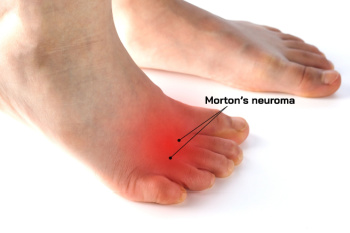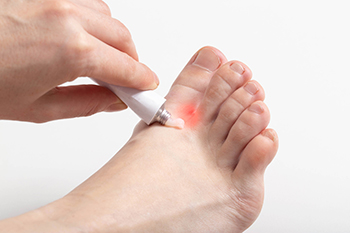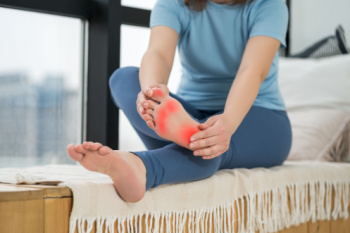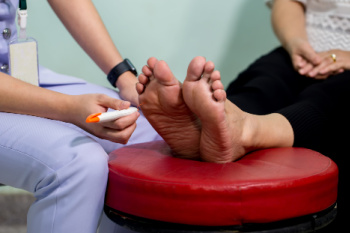
Foot pain is a common issue among seniors due to several factors that develop with age. One major cause of foot pain in seniors is wearing poorly fitting shoes, which may be too tight, too narrow, or lack proper support. Shoes that do not fit well can lead to discomfort, injury, or increased risk of falls. Over time, the natural structure of the foot also changes. The padding under the heel and ball of the foot thins out, arches lose flexibility, and joints may become stiff. Feet often grow wider and longer, and dry skin becomes more common, making the skin more prone to irritation or infection. Health conditions that can increase the risk of foot pain include diabetes, arthritis, nerve damage, and poor circulation. Extra strain from excess weight, jobs that require long hours of standing, or walking on hard surfaces can also lead to discomfort. A chiropodist can help identify the source of the foot pain and provide personalized care. If you are experiencing foot problems, it is suggested that you schedule an appointment with a chiropodist for an accurate diagnosis and effective treatment solutions.
Foot problems can become increasingly common as we age, making everyday foot care especially important. To learn more about maintaining proper foot health, please consult with one of the specialists from Thornhill Foot Clinic. Our chiropodists will assess your condition and provide you with quality foot and ankle treatment.
Common Foot Problems
Certain foot problems may be more likely to affect older adults.
Some examples of foot conditions that can be common in older adults include:
Dry, cracked skin
Calluses and corns
Blisters
Ingrown toenails
Deformities such as bunions or hammertoes
Fungal infections
Plantar warts
Systemic conditions, such as diabetes or arthritis, are also more likely to affect older people and manifest symptoms in the feet and ankles.
Daily Foot Care Tips
Having a daily foot care routine can help detect problems early on and prevent future issues.
Things that you can do at home to care for your feet include:
Washing the feet daily with warm water, drying them thoroughly, and then applying a moisturizer
Trimming the toenails straight across and not too short to prevent ingrown toenails
Performing daily foot exercises to improve foot strength and mobility
Wearing shoes when walking to avoid injury
Inspecting the feet daily for any cuts, scrapes, sores, or other abnormalities and seeking prompt treatment if any problems are discovered
If you have any questions, please feel free to contact our office located in . We offer the newest diagnostic and treatment technologies for all your foot care needs.









